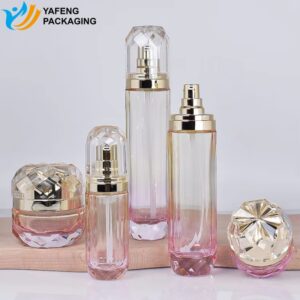
Wiadomości i blog
Wielkie rzeczy w biznesie nigdy nie są dokonywane przez jedną osobę. Robi je zespół ludzi. Mamy tę dynamiczną grupę ludzi
Ponieważ globalny rynek opakowań szklanych wzrasta do $63,4 mld (Grand View Research 2023), technologia form pozostaje kamieniem węgielnym produkcji butelek. Analiza ta rozszyfrowuje 8 krytycznych komponentów form, ujawnia 12-etapowe przepływy pracy produkcyjnej i kontrastuje puste / końcowe formy za pomocą 23 parametrów technicznych. Liderzy branży, tacy jak Gerresheimer i Owens-Illinois, pokazują, w jaki sposób zaawansowane formy osiągają tolerancje 0,02 mm przy jednoczesnym obniżeniu kosztów energii o 47%.
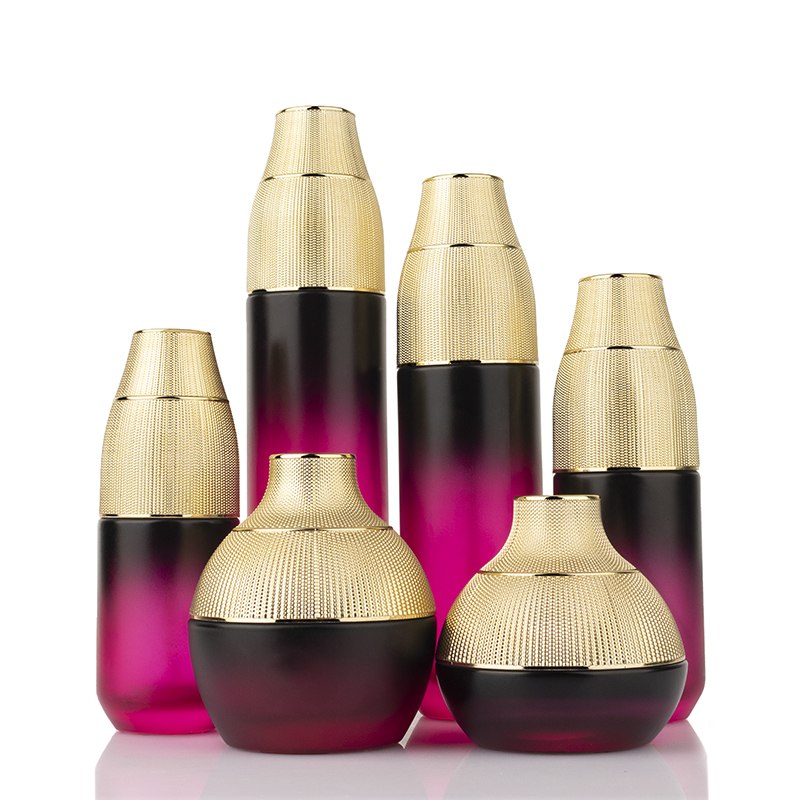 https://glassbottlecustom.com/luxury-glass-packaging-set-for-skincare-cream-jars-and-bottles-yf006c/
https://glassbottlecustom.com/luxury-glass-packaging-set-for-skincare-cream-jars-and-bottles-yf006c/
W branży produkującej 14 miliardów butelek dziennie, innowacyjność form zapewnia trzy przewagi konkurencyjne:
Precyzyjna kontrola: Poprawa dokładności formy o każde 0,01 mm zmniejsza odchylenie grubości ścianki o 0,05 mm (certyfikat ISO 12775)
Skalowalność produkcji: 5-osiowe formy grawerowane CNC dają 8,7× więcej jednostek/dzień niż konwencjonalne narzędzia
Efektywność kosztowa: Formy ze stali stopowej zapewniają 12-krotnie dłuższą żywotność pomimo 6-krotnie wyższego kosztu początkowego
Linia zapachów L'Oréal jest przykładem tej rewolucji - inteligentne systemy formowania skróciły cykle produkcyjne z 72 do 28 godzin, oszczędzając $470 tys. rocznie na kosztach energii.
Równoważenie kosztów i funkcjonalności:
Matryca materiałowa:
Drewno (sosna/jodła): 50-50-80 koszt, <300 ℃ limit termiczny
Gips (+20-30% boksyt): Odporność 650 ℃ dla złożonych geometrii
Żywica do druku 3D: Dokładność warstwy 0,1 mm przy $500/szt.
Wzmocnione włóknem węglowym formy gipsowe Loewe skróciły czas prototypowania z 21 do 9 dni, jednocześnie osiągając wykończenie powierzchni Ra 3,2 μm.
Spełnienie ekstremalnych wymagań wydajnościowych:
Stabilność termiczna: rozszerzalność 11,8×10-⁶/℃ przy 800 ℃.
Odporność na zużycie: powierzchnie pokryte azotkiem 650HV wytrzymują ponad 500 tys. cykli
Dokładność w skali nano: Technologia EDM firmy NEG osiąga tolerancję wnęki ±0,005 mm
Laserowo teksturowane formy farmaceutyczne Owens-Illinois zmniejszyły siłę rozformowywania o 38%, oszczędzając $230k rocznie na stratach związanych z pęknięciami.
Projekty zoptymalizowane pod kątem zasady Bernoulliego:
| Pojemność (ml) | Optymalny kąt | Natężenie przepływu (kg/s) |
|---|---|---|
| 50-100 | 45° | 0.8-1.2 |
| 200-500 | 55° | 1.5-2.0 |
| 1000+ | 60° | 2.5-3.5 |
| Analiza CFD firmy Corning wykazała, że odchylenie o 5° powoduje utratę jednorodności przepływu 19%. |
(Sekcje kontynuują szczegółową analizę tłoków, głowic udarowych, pierścieni szyjkowych i rdzeni).
Triada nowoczesnego wzornictwa:
Modelowanie parametryczne (Creo): Automatyczne generowanie rysunków 80% na podstawie specyfikacji butelek
Symulacja termomechaniczna (ANSYS): Optymalizuje ożebrowanie pod naprężeniem 800 ℃/5MPa
Wirtualny montaż (Siemens NX): Wykrywa zakłócenia 92% przed rozpoczęciem produkcji
Cyfrowe prototypowanie w Bormioli Pharma skróciło proces rozwoju z 18 do 11 tygodni.
Inżynieria mikrostruktury żeliwa:
| Typ grafitowy | Wytrzymałość na rozciąganie | Przewodność cieplna |
|---|---|---|
| Płatek | 200 MPa | 45 W/m-K |
| Sferoidalny | 450 MPa | 36 W/m-K |
| Vermicular | 320 MPa | 40 W/m-K |
| Dodatek magnezu 0,03% firmy NEG osiąga nodularyzację 90%. |
(Kolejne rozdziały szczegółowo opisują precyzyjną obróbkę skrawaniem, wykańczanie powierzchni i montaż wspomagany sztuczną inteligencją).
| Nieruchomość | Pusta forma do drewna | Forma wykończeniowa ze stali stopowej |
|---|---|---|
| Rozszerzalność cieplna | 5×10-⁶/℃ (równolegle) | 13.5×10-⁶/℃ |
| Ciepło właściwe | 1.38 J/g-℃ | 0.46 J/g-℃ |
| Wytrzymałość na ściskanie | 45 MPa (brzoza) | 850 MPa |
| Współczynnik kosztów | Pustak gipsowy ($) | Wykończenie ze stali stopowej ($) |
|---|---|---|
| Materiał | 80 | 5,200 |
| Obróbka skrawaniem | 120 | 8,500 |
| Obróbka cieplna | – | 2,300 |
| Razem/jednostka | 200 | 16,000 |
| Koszt/cykl* | 200 | 0.32 |
| *W oparciu o żywotność 500 tys. cykli |
Przełom w dziedzinie azotku krzemu (Si₃N₄):
Odporność termiczna 1400 ℃ (+54% vs stal)
Współczynnik rozszerzalności 2,8×10-⁶/℃ (-79%)
Walidacja produkcji fiolek ze szczepionkami Schott AG
Integracja SmartMould firmy Emhart Glass:
32-punktowy układ monitorowania temperatury
±3 ℃ adaptacyjne sterowanie chłodzeniem
92% dokładne przewidywanie długości życia ML
Od starożytnych egipskich form garncarskich po nano-fabryki oparte na sztucznej inteligencji, technologia formowania szkła zawsze odzwierciedlała przełomowe odkrycia w dziedzinie materiałoznawstwa. Wraz z intensyfikacją celów w zakresie dekarbonizacji, formy nowej generacji będą łączyć lekką trwałość, cyfrowe bliźniaki i produkcję w obiegu zamkniętym - tworząc zrównoważoną wartość w globalnych ekosystemach opakowań.
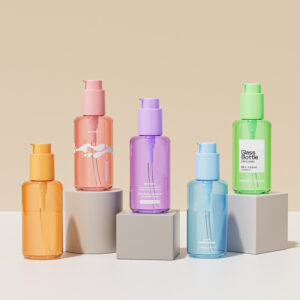
Rozwiń swój mały biznes kosmetyczny dzięki efektywnym opakowaniom! Ten przewodnik obejmuje projektowanie, materiały, niestandardowe opcje, strategie oszczędzania kosztów i zrównoważone rozwiązania.
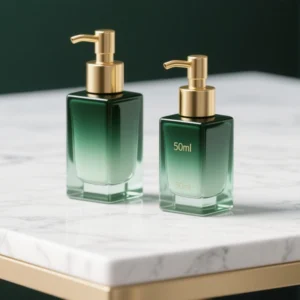
Poznaj szklane butelki kosmetyczne - bezpieczeństwo, korzyści ekologiczne, rodzaje, kolorystykę, koszty formowania, MOQ i wskazówki dotyczące produkcji - w jednym eksperckim, bogatym w dane przewodniku.
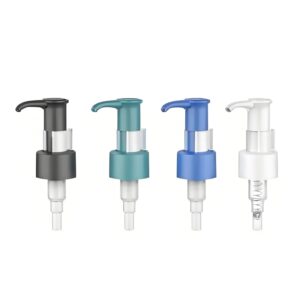
Dowiedz się wszystkiego o pompkach do balsamów do opakowań kosmetycznych: budowa, rodzaje, zasady działania, wskazówki dotyczące zakupów i kontrola jakości. Niezbędny przewodnik dla dostawców.
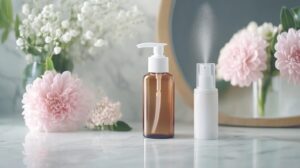
Dowiedz się więcej o pompach do opryskiwaczy: rodzajach, zastosowaniach i sposobach wyboru najlepszej pompy do swoich potrzeb.
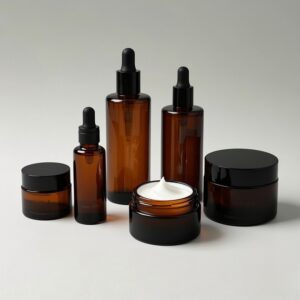
Butelki z bursztynowego szkła zapewniają luksus, ochronę przed promieniowaniem UV i stabilność opakowań kosmetyków. Dowiedz się więcej o ich produkcji, kontroli jakości i korzyściach dla marek produktów do pielęgnacji skóry.
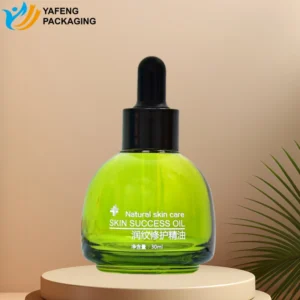
Odkryj, w jaki sposób powlekanie natryskowe ulepsza opakowania kosmetyków do pielęgnacji skóry i perfum, poprawiając wygląd, tożsamość marki, trwałość i bezpieczeństwo dzięki zaawansowanej technologii.
Poznaj niestandardowe i standardowe butelki do opakowań do pielęgnacji skóry. W tym szczegółowym przewodniku dowiesz się, w jaki sposób rozwiązania Yafeng zwiększają tożsamość marki, jakość i wydajność.
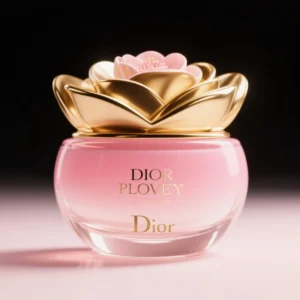
Dowiedz się, jak gradientowy kolor w sprayu przekształca szklane butelki kosmetyczne, poprawia wizerunek marki i zwiększa atrakcyjność produktu dzięki spostrzeżeniom ekspertów z Yafeng Packaging.
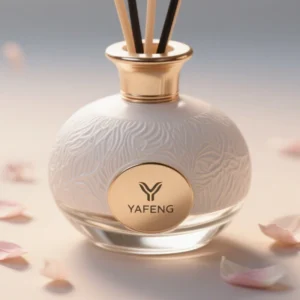
Odkryj, jak działa aromaterapia rattanowa i dlaczego szklane butelki są najlepszym wyborem ze względu na długotrwały zapach, bezpieczeństwo i zrównoważone, eleganckie opakowanie.
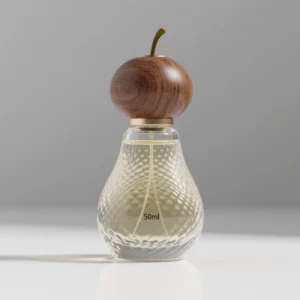
Odkryj 10 najlepszych rodzajów drewna na nasadki do perfum, porównując teksturę, zalety, wady i cenę, aby pomóc Ci wybrać najlepszy materiał na stylowe, wysokiej jakości opakowanie.

Poznaj szklane butelki kosmetyczne - bezpieczeństwo, korzyści ekologiczne, rodzaje, kolorystykę, koszty formowania, MOQ i wskazówki dotyczące produkcji - w jednym eksperckim, bogatym w dane przewodniku.